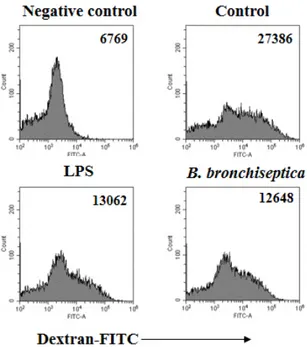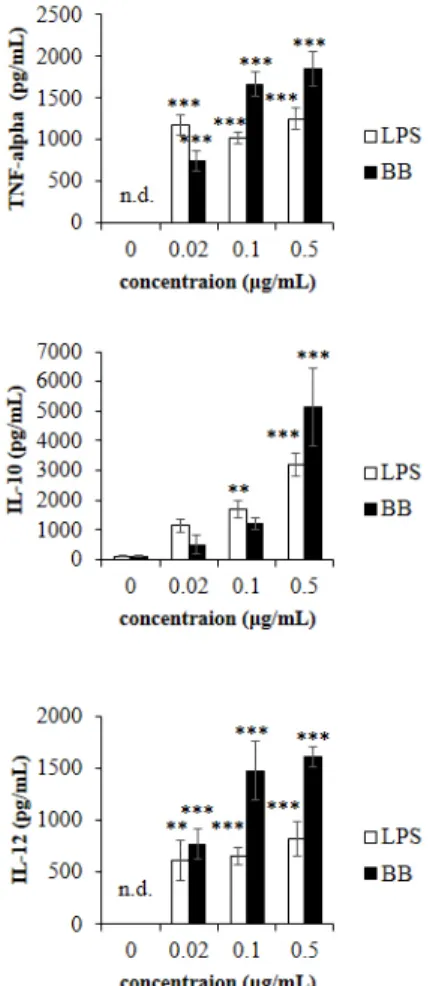Author contributions: Y.J.L., H.G.J. performed acquisition of data, analysis and/or interpretation of data of in vitro experiments and drafting main parts of the manuscript; Y.H., H.G.J. performed and acquisition/analysis of data of in vivo experiments. Y.J.L., H.G.J. revising the manuscript; H.G.J. per- formed conception and design of study.
This is an Open Access article distributed under the terms of the Creative Commons Attribution Non-Commercial License, which permits unrestricted non-commercial use, distribution, and reproduction in any medium, provided the original work is properly cited.
Copyright © Korean J Physiol Pharmacol, pISSN 1226-4512, eISSN 2093-3827
INTRODUCTION
Vaccines are used to obtain an acquired immunity against cer- tain pathogens [1]. A vaccine contains antigen (Ag) and immuno- stimulating agent. Vaccine Ags include disease-causing weakened or killed microorganisms, its toxins, or one of its surface proteins [1]. However, some vaccine Ags do not have enough intrinsic ca- pability to stimulate immune system, and thus the vaccines need to contain the immunostimulating agents, called adjuvants [2].
Vaccine adjuvant is added to enhance the efficacy of vaccine at a variety of steps. It extends the presence of Ag at injection sites and helps antigen-presenting cells (APCs) to uptake Ag, and also stimulates immune responses by the increase of cytokine produc-
tion and immune-related molecules on the surface of APCs [3].
Vaccine adjuvants have been divided into inorganic substances including alum, cytokines, and bacterial products according to their source types [4].
Bordetella pertussis (B. pertussis) and Mycobacterium bovis (M. bovis) have been used as bacteria-derived immunostimulat- ing agents, partly vaccine adjuvants [5,6]. M. bovis is the causative agent of tuberculosis in cattle and Bacillus Calmette-Guerin (BCG) is prepared from an attenuated strain of M. bovis. BCG has been used as a vaccine adjuvant, but its side effects include fibrosis and granuloma, and thus it is not used currently [6-8]. B.
pertussis is the causative agent of pertussis or whooping cough, and its virulence factors include pertussis toxin, filamentous hae-
Original Article
Bordetella bronchiseptica is a potent and safe adjuvant that enhances the antigen-presenting capability of dendritic cells
You-Jeong Lee 1 , Yong Han 1 , and Hong-Gu Joo 1,2, *
1


